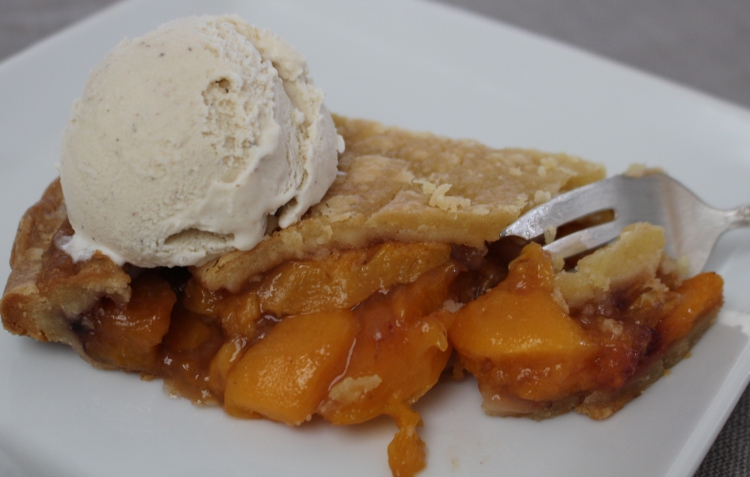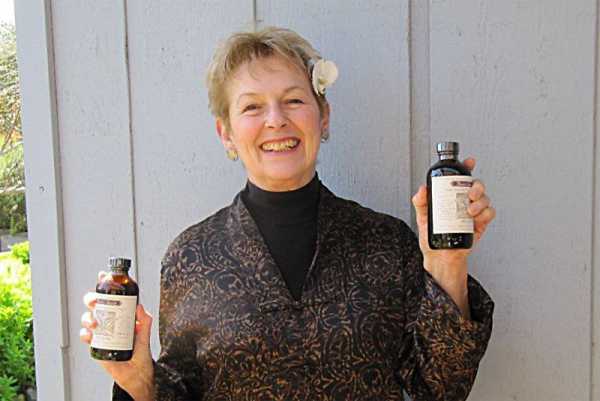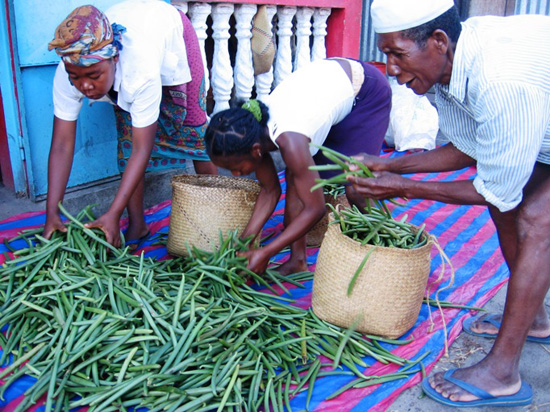
I'm amazed at how superior your vanilla is!
– Des, The Grommet
This article isn’t about how much chocolate costs to produce, though that would be an interesting topic to explore sometime. Instead, there are two aspects of numbers and chocolate I want to discuss. One is percentages, those you might see on a chocolate bar wrapper or a chocolatier’s website; just what does that 70% or 38% figure mean? The second is price. Why are some chocolates so much more expensive than others, and are the higher prices worth it?
The percentage figure you see associated with chocolate is an indication of how much of that chocolate comes from the components of the cacao bean (also called cocoa bean). For instance, a dark chocolate bar labeled 65% contains that percentage (by weight) of cacao bean components. Those components are the cacao solids that give chocolate its brown color and much of its flavor, and the cacao fat, most often called cocoa butter in the US, which gives chocolate its sensuous texture and distinctive melting point. Together, the cacao solids and cocoa butter are known as chocolate liquor (it’s called “liquor” even though it contains no alcohol). What else is in that 65% bar? Most of the rest of the bar will be sugar, although many bars have the emulsifier lecithin added, as well as vanilla or vanillin (artificial vanilla) for flavor.
How much chocolate liquor is in a dark chocolate bar? US standards mandate that at least 35% of the bar (again, by weight) be made up of chocolate liquor, if the chocolate is called sweet, semisweet, or bittersweet. This is the stuff of which confusion is born. “Sweet” chocolate is any dark chocolate to which sugar is added, so technically, semisweet and bittersweet chocolates are both sweet chocolates. To add to the confusion, there is no one point at which semisweet chocolate ends and bittersweet chocolate begins. In general, bittersweet chocolate contains less sugar than semisweet chocolate. However, to some people, a 60% chocolate might be semisweet, while others would consider it bittersweet.
Milk chocolate contains, well, milk, usually in powdered form. It also has more sugar than dark chocolate, and the combination of milk and sugar will mean that the percentage you see on that milk chocolate bar wrapper will be lower than the one you see on a dark chocolate wrapper. In the US, milk chocolate must contain a minimum of 10% chocolate liquor (the figure varies elsewhere). In contrast to the milk chocolate bars of my youth, a number of manufacturers are now producing such bars with much higher liquor percentages, ranging into the 30’s and even beyond.
There are a few points to note here. A higher percentage on a label does not indicate superior quality, period. In general, a chocolate with a higher percentage will be darker and less sweet than a chocolate with a lower percentage, but that’s all. Also, percentages of chocolate liquor don’t tell you a chocolate’s particular ratio of cacao solids to cocoa butter. Look at the nutrition labels for two chocolates of identical percentage; the chocolate with a higher fat content contains more cocoa butter. If the chocolate is to be used for eating or home cooking/baking, this ratio probably won’t be significant unless you have a preference for more or less cocoa butter in your chocolate.
Finally, don’t get hung up on these numbers! What matters most are your preferences in taste. If you enjoy the chocolate you’re eating, it doesn’t matter if it’s a 33% milk chocolate or an 82% bittersweet.
I was given a small bottle of Rain’s Choice in a gift basket and I have been hooked ever since. The flavor makes all of my baking so much better! I will never use grocery store vanilla again!


© 2021. All Rights Reserved
Designed/Developed by Kat & Mouse